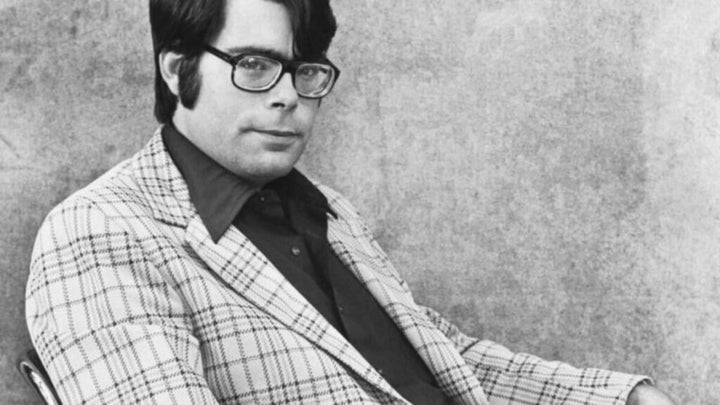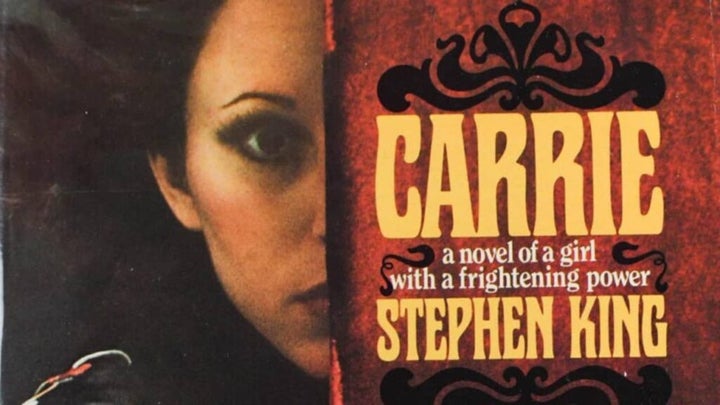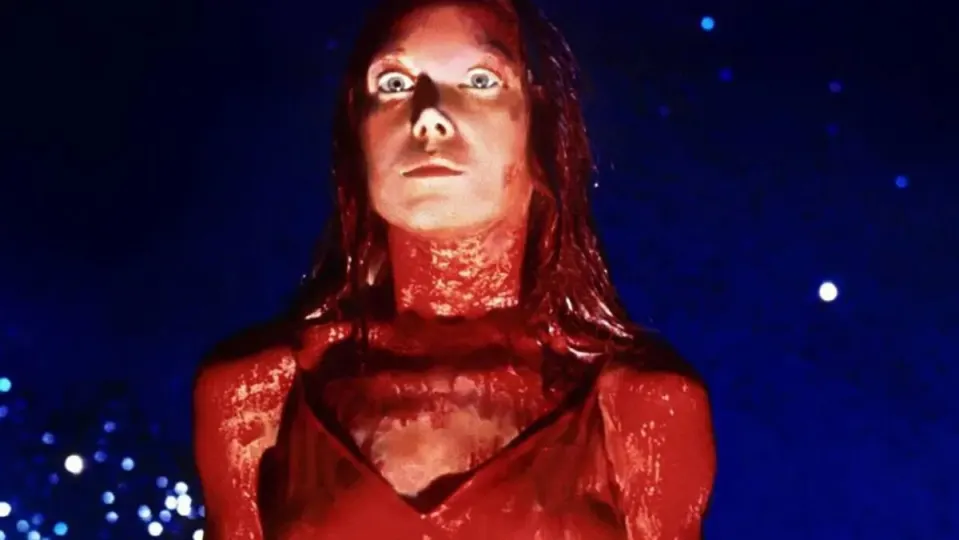“Stephen King’s physical appearance does not reflect his tremendous intelligence as a writer.” Years ago, a book about the author introduced this caption that has gone down in history. And that King (also known as Richard Bachman) is one of the most respected and prolific authors in history: to his credit he has 65 novels, more than 200 short stories and some 60 films based on his work, to which we can add a whole host of short films, plays and even musicals. But what if we told you that the King of Horror was on the verge of throwing it all away?
My Carrie was stolen from me
1967. A twenty-year-old Stephen King manages to sell his first short story to the magazine ‘Startling mystery stories’ for 35 dollars. The story, which appeared in issue 6 of the magazine, would never be reprinted in the author’s anthologies or officially translated into Spanish (it was in a fanzine). Little by little, King was selling stories to different media while he combined it with his job as a janitor in a high school and English teacher in another. The good life.
Not that he didn’t try to write novels, of course, but they all inevitably ended up in a drawer after being rejected by different publishers. It happened to him with ‘The Long Walk’ (which would later become one of his best works) and with ‘Sword in the Darkness’, an anti-war story of 150,000 words that, as King later acknowledged, is absolutely unreadable. His wife Tabitha (to whom he has been married since 1971) and he lived in a trailer outside Hermon, Maine, and their situation showed no signs of improving. And yet…

In 1971, our protagonist was cleaning the girls’ restroom at a high school when he came face-to-face with a box of feminine hygiene items and was shocked. It was a different era. Soon after, he remembered an article he had read in ‘Life’ magazine about poltergeist phenomena and telekinetic activity in teenagers. Sound familiar? Stephen King took Tabitha’s typewriter and began to write from the perspective of a high school student: one Carrie White.
To the garbage can
The basis of the story, as the author had it in his head, was similar to the beginning of the adaptation that Brian De Palma would later make: a girl starts menstruating in the showers and the rest of her classmates laugh at her. However, after three pages he decided he wasn’t doing it right: he couldn’t put himself in a woman’s point of view and he wouldn’t know how they would react. Also, Carrie didn’t end up liking him as a character because of his lack of emotional connection to her. He balled up the pages, threw them in the trash and went to sleep, thinking that the next day he would still be trapped in that life he didn’t want to have.
It was Tabitha who picked up the pages from the wastebasket the next morning and who convinced him to keep writing for one simple reason: she wanted to know how the story continued. And if her husband didn’t know how to introduce the female perspective, she would give it to him. It didn’t help him to fully understand Carrie, but he finally got it by talking to two students at his high school: one wore the same dress to class all the time because of her family’s poverty and, as a result, was being bullied. The other was growing up in a fervently religious family.
Adding the two together, telekinesis and tampons, he could get down to real writing, even though for him it was a waste of time that would never lead to anything. After 98 pages he finished it and put it in a drawer. He hated it with a passion, although that did not prevent him from reworking it in December 1972 until it became a full-fledged novel. In that novel, Carrie, at the end, destroyed an airplane after it grew horns, but his editor convinced him to change it. For whatever. To the author’s own surprise, Bingo was called: the publisher Doubleday had bought the rights and was willing to publish it.

The cow Carrie
This is what is usually told, but the truth is that he was rejected up to thirty times. Note: Thirty! Not surprisingly, Stephen King has never hidden his absolute hatred for ‘Carrie’, which he describes as clumsy and artless, but that did not stop him from releasing 30,000 copies in 1974 for which he got 2500 dollars at the time (about 15,000 today). Shortly thereafter, New American Library would pay 400,000 for the rights. It didn’t do badly: in its first year it sold a million copies and, after the 1976 movie, it was number one for weeks.
In 1975, taking advantage of the cinematic success that was to come, King published ”Salem’s Lot’ and, soon after, ‘The Shining’ and ‘Cujo’. Since then, rare is the year in which he does not publish at least one novel (or a collection of short stories). ‘Carrie’ had three film adaptations, a terrible film sequel, a musical, an episode of ‘Riverdale’ based on said musical and was on the verge of being spun off as a TV series. For such a supposedly clumsy film, not so bad.

So if you’ve ever felt like throwing everything you were writing into the recycle garbage can, let someone else take a look at it. Hey, maybe your letter to become a millionaire is resting in the trash right now.


